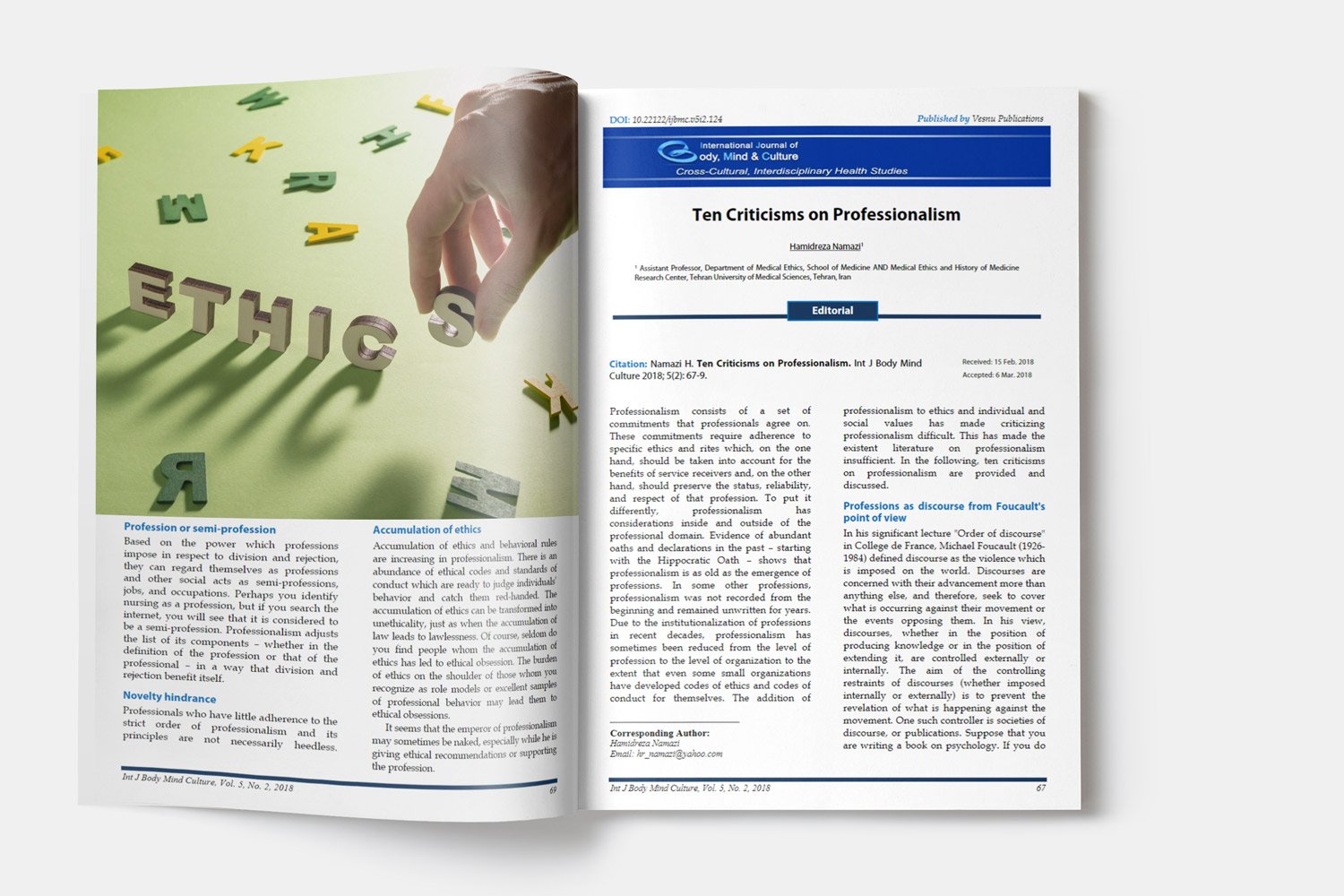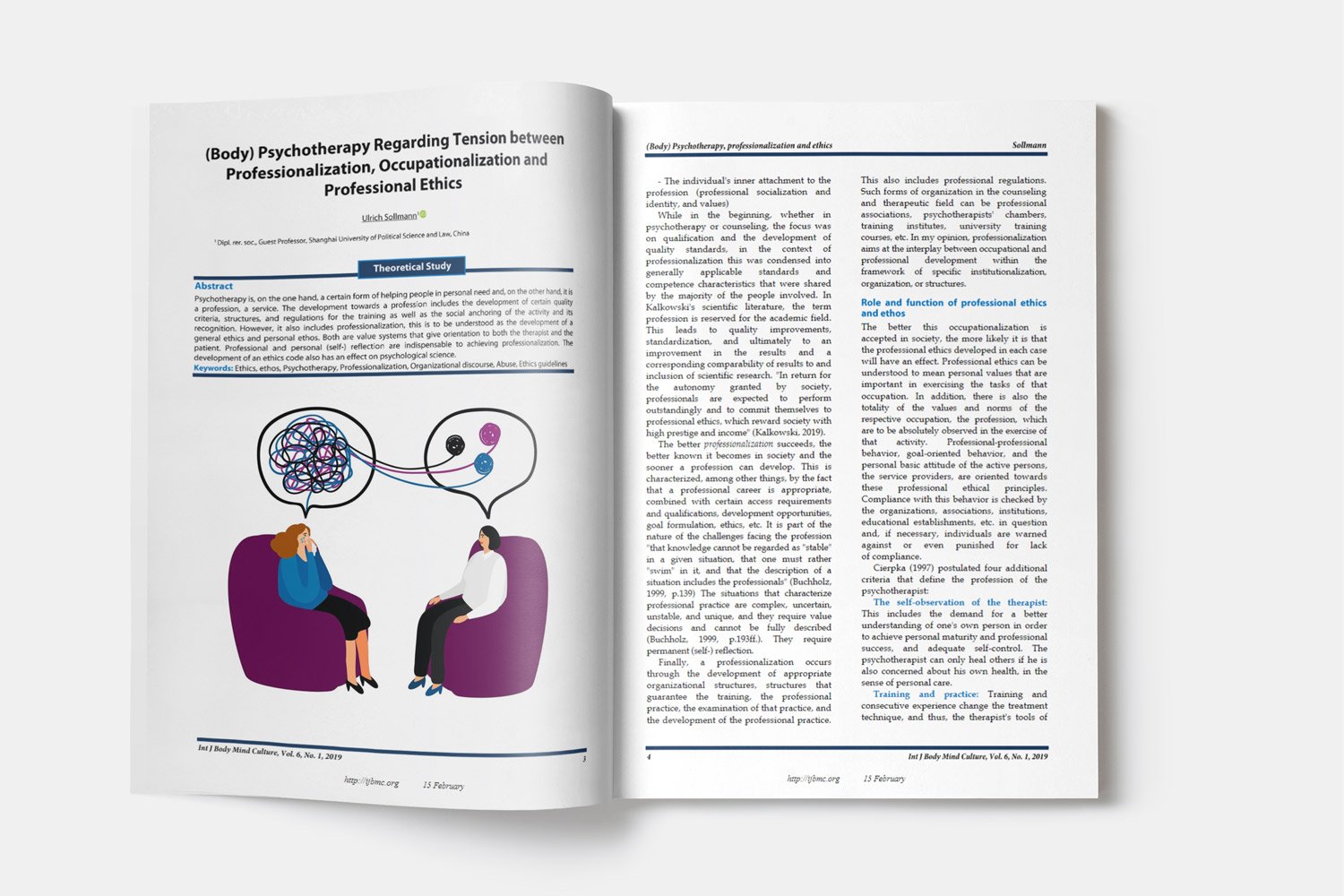Psychocultural Factors Affecting HIV/AIDS Infection among Iranian Women: A Grounded Theory
Downloads
Background: Previous studies have shown that adversity, sexual violence, prostitution, and addiction can increase the risk of HIV/AIDS infection. Providing an overview of the risk factors of this disease is significantly important in preventing its spread. It was therefore decided to focus this research on the determination of cultural and social factors that increase the risk of HIV/AIDS among women in Tehran, Iran.
Methods: The present study was a qualitative research. The study group consisted of 13 women with HIV/AIDS infection who are members of the positive HIV club of the Iranian Welfare Organization, their sexual partners, and 10 experts and specialists of HIV/AIDS in Tehran. The qualitative approaches of interviewing the infected women and holding group discussion with experts and politicians were applied for data gathering. The analysis of data was carried out using grounded theory based on basic concepts, organizational concepts, comprehensive concepts, strategies, and consequences.
Results: As a result of data analysis, 73 basic concepts, 61 organizational concepts, and 151 comprehensive concepts (73 social and 78 cultural factors) were obtained.
Conclusion: The most important factors are lack of information and sexual awareness within the mentioned group, the educational level of parents and children, unprotected sexual intercourse among polygamous partners, prostitution, homosexuality, divorce, cultural shift in women’s role in the family, discrimination, poverty, marginalization, men’s dominance in the intercourse, and unprotected sexual intercourse. Increasing women’s awareness through training in order to affect their sexual behavior is suggested as a solution in this regard. Moreover, welfare and wellbeing must be improved in the society so that low-cost health care is available and accessible to all members.
Downloads
Asian Development Bank. (2009). Intersections—gender, HIV, and infrastructure operations: lessons learned from selected ADB–financed transport projects. Available from: URL: https://www.adb.org/sites/ default/files/publication/29660/gender-hiv-infrastructure-operations.pdf. Accessed August, 2009.
Crush J, Williams B, Gouws E, & Lurie M. (2005). Migration and HIV/AIDS in South Africa. Development Southern Africa, 22(3), 293-318.
Etemad, K., Heydari, A., Eftekhar, A. H., Kabir MJ, & Sedaghat, M. (2010). Knowledge and attitude levels in high risk groups about HIV/AIDS and relation with socioeconomic level indicators in Golestan province (2007). J Gorgan Uni Med Sci, 12(2), 63-70.
Hernandez, A. L., Lindan, C. P., Mathur, M., Ekstrand, M., Madhivanan, P., Stein, E. S. et al. (2006). Sexual behavior among men who have sex with women, men, and Hijras in Mumbai, India--multiple sexual risks. AIDS.Behav, 10(4 Suppl), S5-16. doi:10.1007/s10461-006-9129-z [doi]. Retrieved from PM:16832600
IHRA/WHO/AHRN. (2004). Scaling up provision of anti-retrovirals to injecting drug users and non injecting drug users in Asia. Report produced for IHRA (International Harm Reduction Association) and the WHO (World Health Organization) with project management from the AHRN (Asian Harm Reduction Network). Available from: URL:
Iranian National Center for AIDS Prevention. (2016). 30,727 people, the latest statistics on AIDS in Iran. Available from: URL: http://www.aids.ir/post/1005/. Accessed May 4, 2016.
Lagarde, E., Auvert, B., Chege, J., Sukwa, T., Glynn, J. R., Weiss, H. A. et al. (2001). Condom use and its association with HIV/sexually transmitted diseases in four urban communities of sub-Saharan Africa. AIDS., 15(Suppl 4), S71-S78. Retrieved from PM:11686468
Ministry of Health and Medical Education, Disease Management Center. Latest statistics on HIV / AIDS in the Islamic Republic of Iran, Summer 2014. Available from: URL:
http://www.isv.org.ir/download/news/AIDS93-2.pdf. Accessed May 4, 2016.
UNAIDS (2007). ASIA AIDS epidemic update Regional Summary (2007 AIDS Epidemic Update) Available from: URL: http://data.unaids.org/pub/report/2008/jc1527_ epibriefs_asia_en.pdf. Accessed 2008.
Rave, Gapta, & Jana. (1997). Current Status of HIV/AIDS in South Asia.
Sadrizadeh, B. (1976). Epidemiology of AIDS. Tehran, Iran.
Scott S. (2010). HIV/AIDS: Understanding. Socio-cultural factors and their influence on sexual. Behaviour and Decision. Making in Africa. Winnipeg, MB: University of Manitoba.
Shojaei Therani, H. (1998). Principle of health services. Tehran, Iran: Samat Publications.
UNAIDS. (2007). 2007 AIDS epidemic update. Available from: URL:
http://www.unaids.org/en/resources/documents/2007/20071130_2007_epiupdate_en.pdf. Accessed November 30, 2007.
UNAIDS. (2004). 2004 Report on the global AIDS epidemic. Available from: URL:
http://files.unaids.org/en/media/unaids/contentassets/documents/unaidspublication/2004/GAR2004_en.pdf Jun 2004. Accessed Jun, 2004.
UNAIDS. (2005). AIDS epidemic update. Available from: URL:
http://data.unaids.org/publications/irc-pub06/ epi_update2005_en.pdf. Accessed December, 2005.















